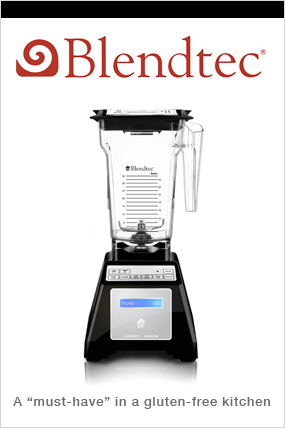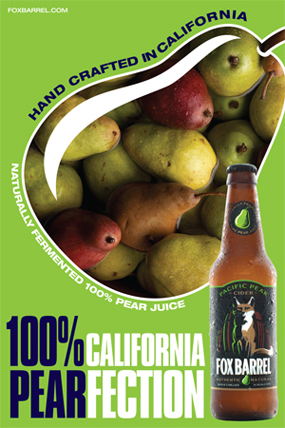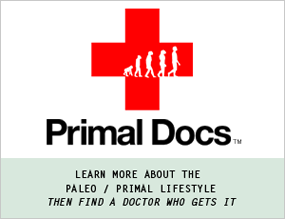 Why does it take so long to figure out what gluten-free really means? For as long as I’ve been writing about celiac disease and the gluten-free diet (since 2004), there’s been talk from the FDA about proposing a labeling law that would benefit consumers and place tight restrictions on what could and couldn’t be labeled as gluten-free. Most countries have figured this out by now, I’m really not sure why ours cannot.
Why does it take so long to figure out what gluten-free really means? For as long as I’ve been writing about celiac disease and the gluten-free diet (since 2004), there’s been talk from the FDA about proposing a labeling law that would benefit consumers and place tight restrictions on what could and couldn’t be labeled as gluten-free. Most countries have figured this out by now, I’m really not sure why ours cannot.
With some of the comments that have been made, I’m not sure that I’d trust an FDA ruling on what is gluten-free. One item in particular that caught my attention was this:
The agency has said the issue is complicated, requiring analyses of various technical issues, including how well manufacturers and regulators can reliably test for the presence of gluten and whether oats are a source of gluten.
Commercially available oats are not gluten-free due to cross contamination issues when the grain is processed. There are oats that are safe for some celiacs, but to consider it gluten-free across the board is absurd. I do want to believe that the FDA will do the right thing and for now I will hold onto that optimism. I just hope that it happens soon. There are too many companies that are jumping on the gluten-free bandwagon — and without regulation,it’s going to get really messy.
— — —
Article from The Washington Post
By Lyndsey Layton, Thursday, April 28, 3:59 PM
“For seven years, the Food and Drug Administration has been trying to answer this question: What does it mean to be “gluten-free”?
That is roughly the time it took to build a tunnel beneath the English Channel to connect Britain and France.
In the meantime, foodmakers have been deciding for themselves whether they can jump into a lucrative new niche and market their products as free from gluten, a protein found in wheat, rye and barley. As a result, some products labeled gluten-free contain no gluten, others might have a trace and still more could contain a sizable amount.
That murkiness is creating a real problem for an increasing number of Americans whose health depends on avoiding even tiny amounts of gluten, which is commonly found in bread, pasta and other staples and even in some unexpected products, such as soy sauce and blue cheese…”





